14
February
Former Countries – The Samdech Euv Autonomous Zone – Cambodia
At Young Pioneer Tours we love a former country, particularly if it was very brief, strange and you can still visit there. We prese …
See DetailsAt Young Pioneer Tours we love a former country, particularly if it was very brief, strange and you can still visit there. We present the Samdech Euv Autonomous Zone.
So, what the Samdech Euv Autonomous Zone? Essentially it was a secessionist state in eastern Cambodia born from the controversial 1993 elections.
The later half of the 20th century was a weird one for Cambodia as it went from being a Kingdom, to the Khmer Republic, Democratic Kampuchea, the People’s Republic of Kampuchea and finally the State of Cambodia.
This was to lead to the 1993 elections which largely saw the royalist party FUNCINPEC fight out against the former communist Cambodian People’s Party.
In the midst of this you had a man called Norodom Chakrapong, a Prince and former member of FUNCINPEC who decided to defect to the CPP in what was huge coup for the latter. This was particularly true since just a few years before they had been quite literally at war with each other.
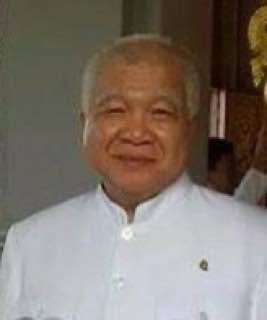
Much could be written (and indeed has been) about the 1993 elections, but some would argue it was won by the royalists, but that the CPP who controlled the media, army and police refused to accept this.
In the midst of this Norodom Chakrapong declared three eastern province bordering Vietnam independent, which were soon joined by four other making seven in total. The United Nations Transitional Authority in Cambodia (UNTAC) were also told to leave and briefly there was violence.
In order to settle the dispute the CPP under Hun Sen and FUNCINPEC under Norodom Ranariddh were to share power, while the Samdech Euv Autonomous Zone would be reintegrated in Cambodia.
Some have opined that this was a ploy to keep the CPP in power rather than a serious struggle for independence, but regardless the Samdech Euv Autonomous Zone was “independent” for around a week.
Interestingly this had Cambodia almost split into four states, with the Kingdom of Cambodia/State of Cambodia, the UNTAC administration, as well as the rebel Khmer Rouge state catchily known as The Provisional Government of National Union and National Salvation of Cambodia (PGNUNSC) – making 3-4 Cambodias, depending on how you count things.
Regardless though this state did exist, even briefly and indeed can still be visited today.
You can check out our Cambodia tours here.
Young Pioneer Tours have written extensively about the history of Cambodia, inclusive of Democratic Kampuchea to the Peoples Republic of Kampuchea and then back to the Kingdom of Cambodia. What many people do not realise though is that the country was very briefly known as the State of Cambodia.
In the 20th century Cambodia went from being a French colony to a Japanese one, back to the French before again becoming the Kingdom of Cambodia following independence.
This led to a brief resurgence of the nation under King Sihanouk, reportedly the “best friend” of Kim Il-Sung. Alas in these Cold War times this was not to be tolerated and he was eventually overthrown and the Khmer Republic was formed.
The latter, under the Khmer Rouge, ushered in Pol Pot and the killing fields, although briefly at least it was still a Kingdom, although a communist one at that.
Following liberation by the Vietnamese, the majority of the country became the People’s Republic of Kampuchea, while a rump state led by the Khmer Rouge also existed (more on that later).
As part of the peace process that would eventually lead to the 1993 elections, the one-party state slowly started to transition into the Cambodia that we know today.
In 1989 the People’s Republic of Kampuchea changed into the State of Cambodia, while the ruling Kampuchean People’s Revolutionary Party (KPRP) under Premier Hun Sen changed into the Cambodian People’s Party (CPP), who are still in power today.
The state in many ways changed only slightly, with it initially retaining the one-party system, as well as a partly Marxist-Leninist outlook, although some economic reforms were put in place, with the country already moving to a market economy.
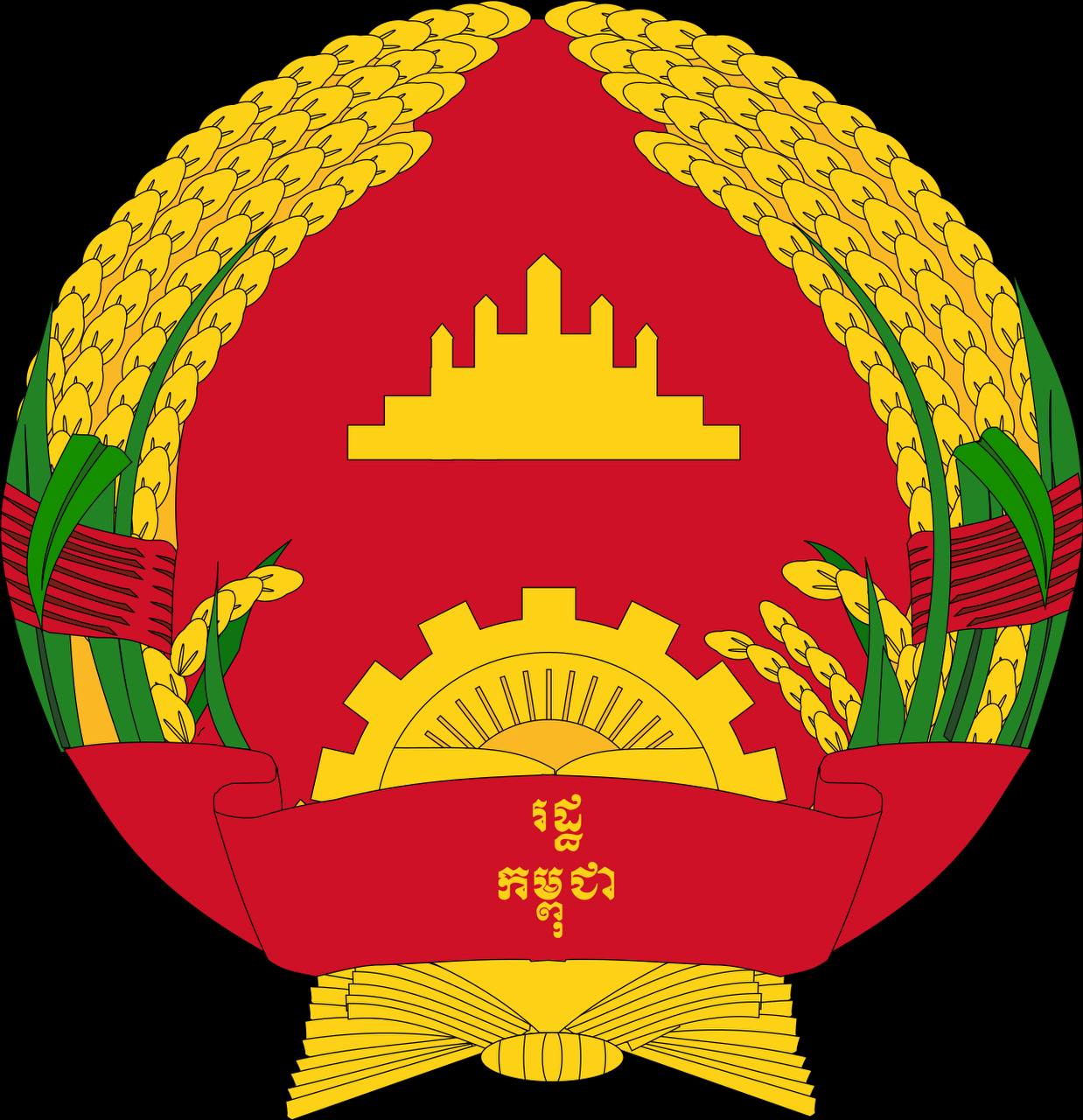
It was called this and formed for many reasons, with part of it being a compromise towards the forces it had been fighting in civil war, including the Khmer Rouge, but also by changing from a republic to the “State of Cambodia” enough ambiguity was left to lead a potential opening for the return of King Sihanouk.
This was all largely achieved by 1993 when Sihanouk returned as head of state, the country was briefly run by the United Nations (UNTAC) and the 1994 elections were held semi-successfully.
During its time the State of Cambodia was recognised by the Eastern Bloc, as well as other socialist states.
With elections and peace, the Kingdom of Cambodia was reformed and, despite some controversy, so was a market based form of democracy too. Notwithstanding the Khmer Rouge and Pol Pot, who went and formed the last Khmer Rouge state, which existed around the Anlong Veng area.
Things since have been a mixed bag of tricks, with some questions over just how democratic the country is nowadays, but one cannot say this hasn’t been the longest period of peace the country has had for decades.
Just how pivotal a role the State of Cambodia played is up for debate, with few in Cambodia now remembering it. But without it perhaps the nation would not be where it is today.
I tend to be careful about banding around words such as dictatorship. This is not just for fear of offending people, but also because there are varying degrees of not just what a dictatorship are, but also what constitutes democracy.
You can read our charter on this here.
This is particularly true when it comes to socialist states, with countries such as the Democratic People’s Republic of Korea even having the word democratic in the title. In this case at least, as in with China, Vietnam and Laos they have what they consider “People’s Democracy”, but not elections.
Still too there are others that would consider themselves democratic and indeed have elections, but in fact no other party has any chance of winning. These are technically known as “single party dominant” systems, but parties and elections aside, only one set of guys holds power.
In the interests of this article we mean states that we might think are pluralistic or bourgeois, but in fact do not have regularly changing governments, OR have a military, or royal family that for all practical purposes make real change impossible, or improbable.
Now this is not to say that we think any of these countries are bad, but more that they are of interest, as well as usually not being thought of by most westerners as not being democratic.
For this we are also not including constitutional monarchies, that while technically under the control of an unelected leader, in a real sense are not.
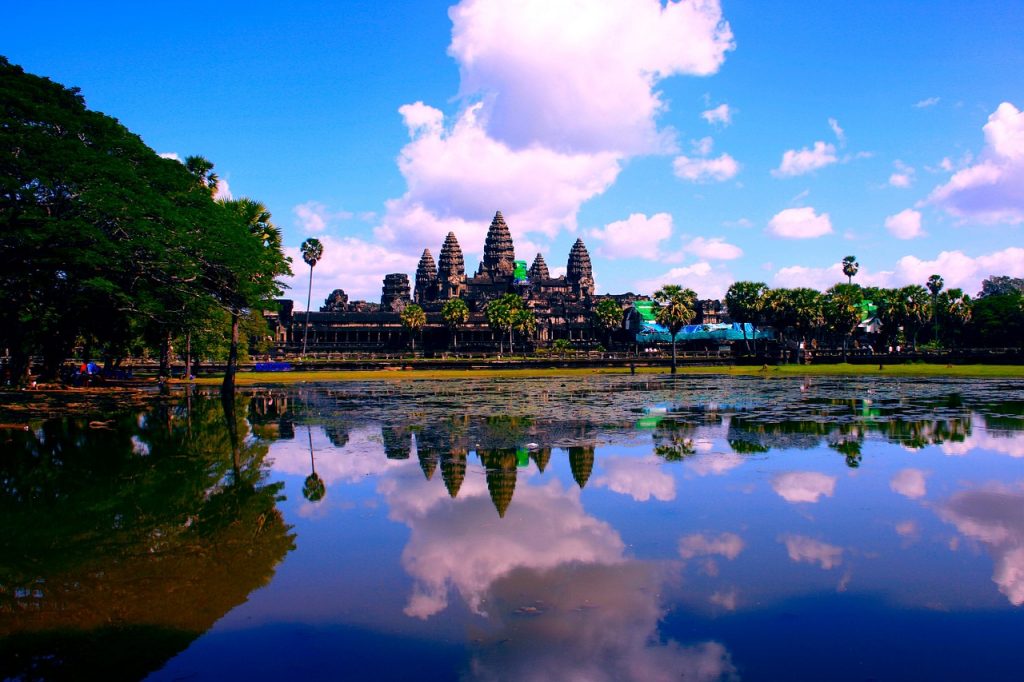
Theres no place like home! Cambodia has elections, but alas every one since the end of the State of Cambodia has been won by the Cambodian People’s Party, and the last two saw no other party even enter parliament.
Yet despite this the government certainly feel there is some democracy and would argue that this is the most stable the country has been since the time of the Khmer Rouge.
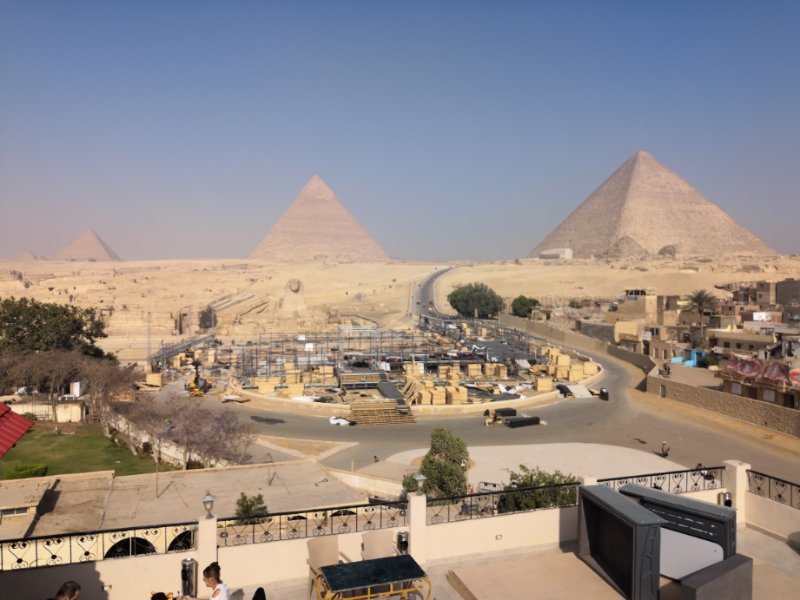
I freaking love Egypt, its people and indeed its food, but from a government point of view they have been through a tough time. The Arab Spring, of which I know people who participated got, rid of one army leader to be replaced by the Muslim Brotherhood.
This didn’t work, so another army leader came along. Yes things are better, but another party is unlikely to come in any time soon and some have now questioned what the Arab Spring achieved here.
You can check our Egypt tours here.
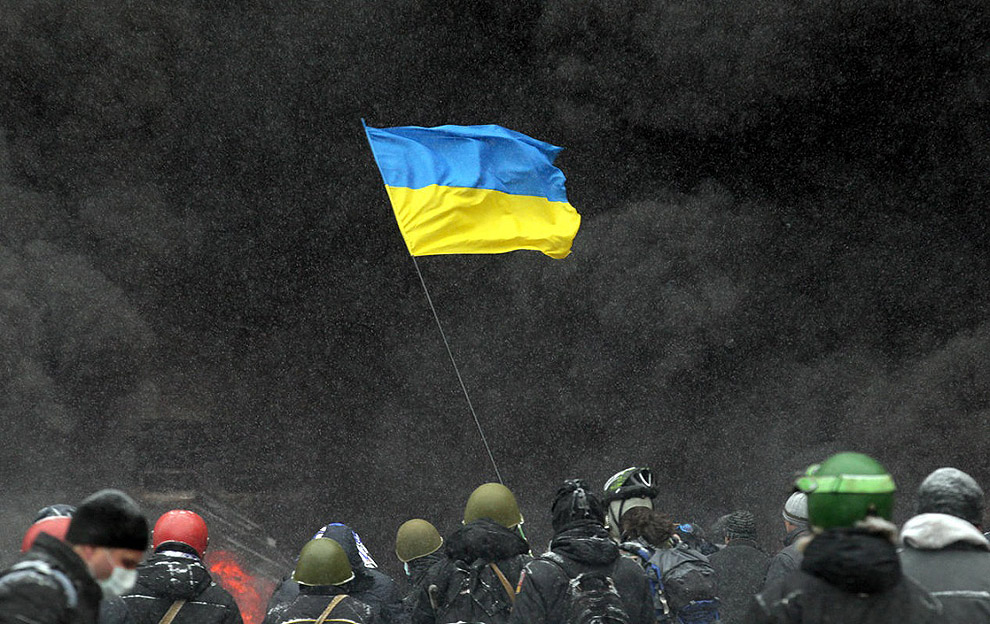
OK, so let’s start controversially here shall we? Ukraine were definitely formerly a democracy, but since the war (and arguably understandably) they have banned a whole heap of opposition parties, as well as cancelling elections that were set to be held in the country.
Obviously one hopes this is just a temporary state of affairs, but certain things like the banning of churches have raised concerns.
You can check out our Ukraine tours here.
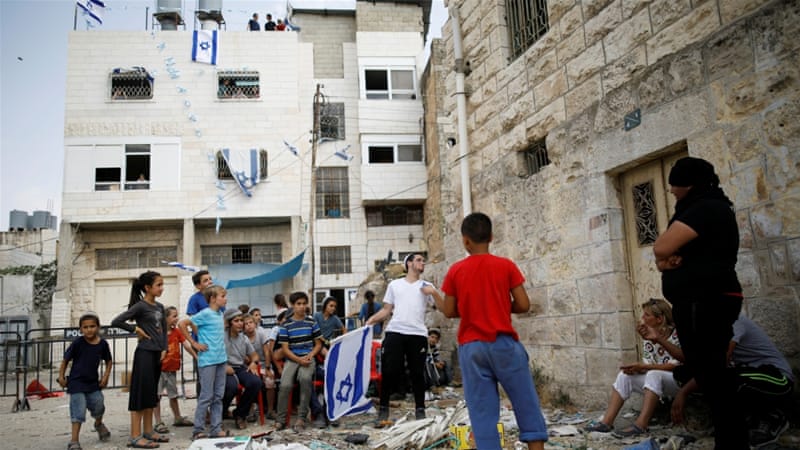
OK, so this is definitely a conflict that we want to stay well and truly on the fence with, but we can state a few things. Israel does control to some extent the West Bank and Gaza, but these people under its control cannot vote in Israeli elections.
Therefore, by very definition, the whole of an area is disenfranchised. We are not stating if this is right or wrong, but merely making a point, as you will often hear Israel is the only democracy in the region.

OK, so we can blanket say the Middle East here, although perhaps it would is better we say the GCC, which consists of the oil rich monarchies of the region.
These countries, particularly Bahrain and the UAE, get very little said about them, particularly when compared to Syria. In fact, some might argue they are just as bad, if not worse. And yes homosexuality is banned in the whole region.
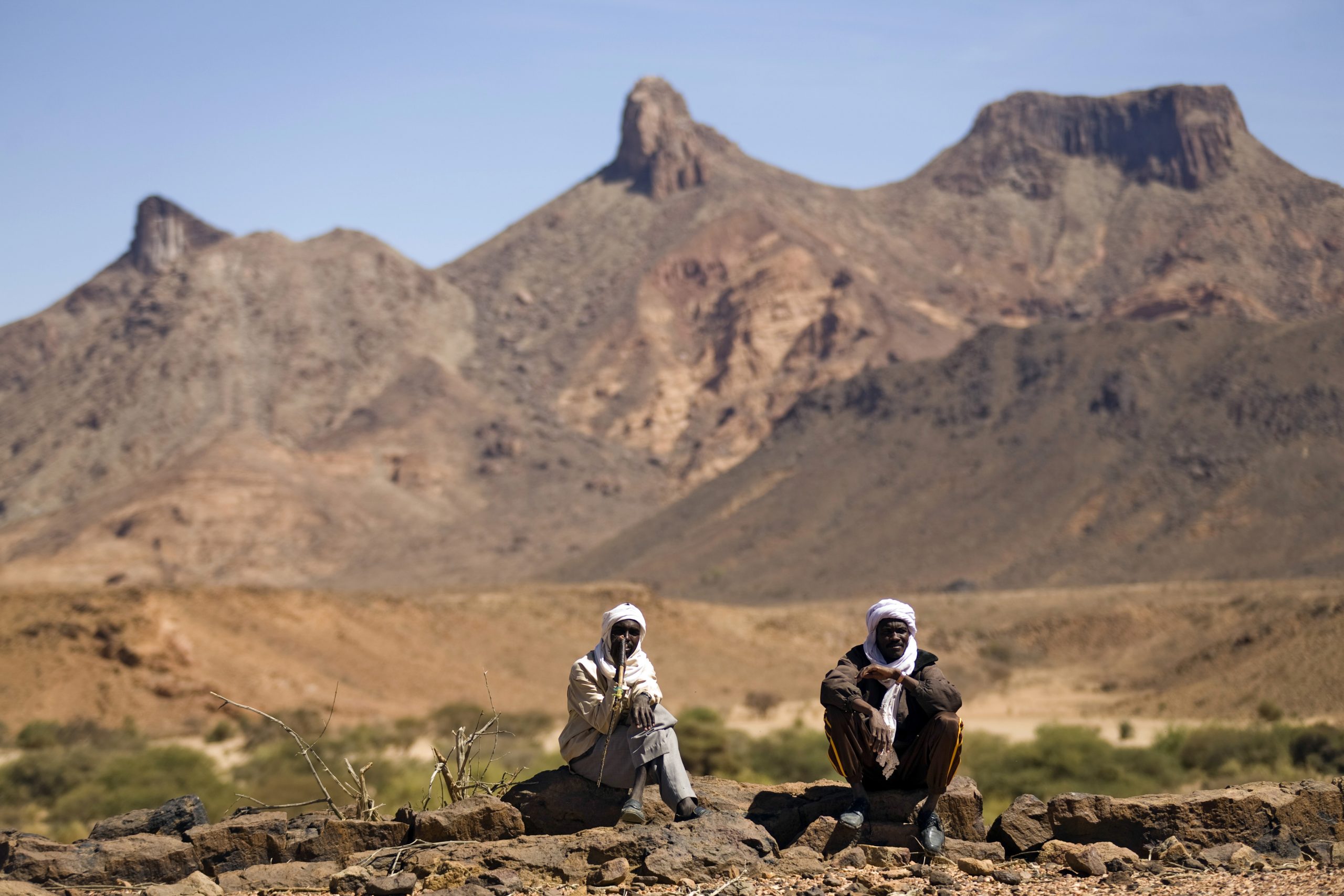
Yes we know the United Nations is not a country, but it is supposed to be the home and bastion of the family of nations. Here UN members can vote by majority on things, but this can be undone by the Security Council.
The council consists of the USA, Russia, China and then tiny UK and France able to veto the choices of the rest of the world. This is one we can categorically say is not at all democratic.
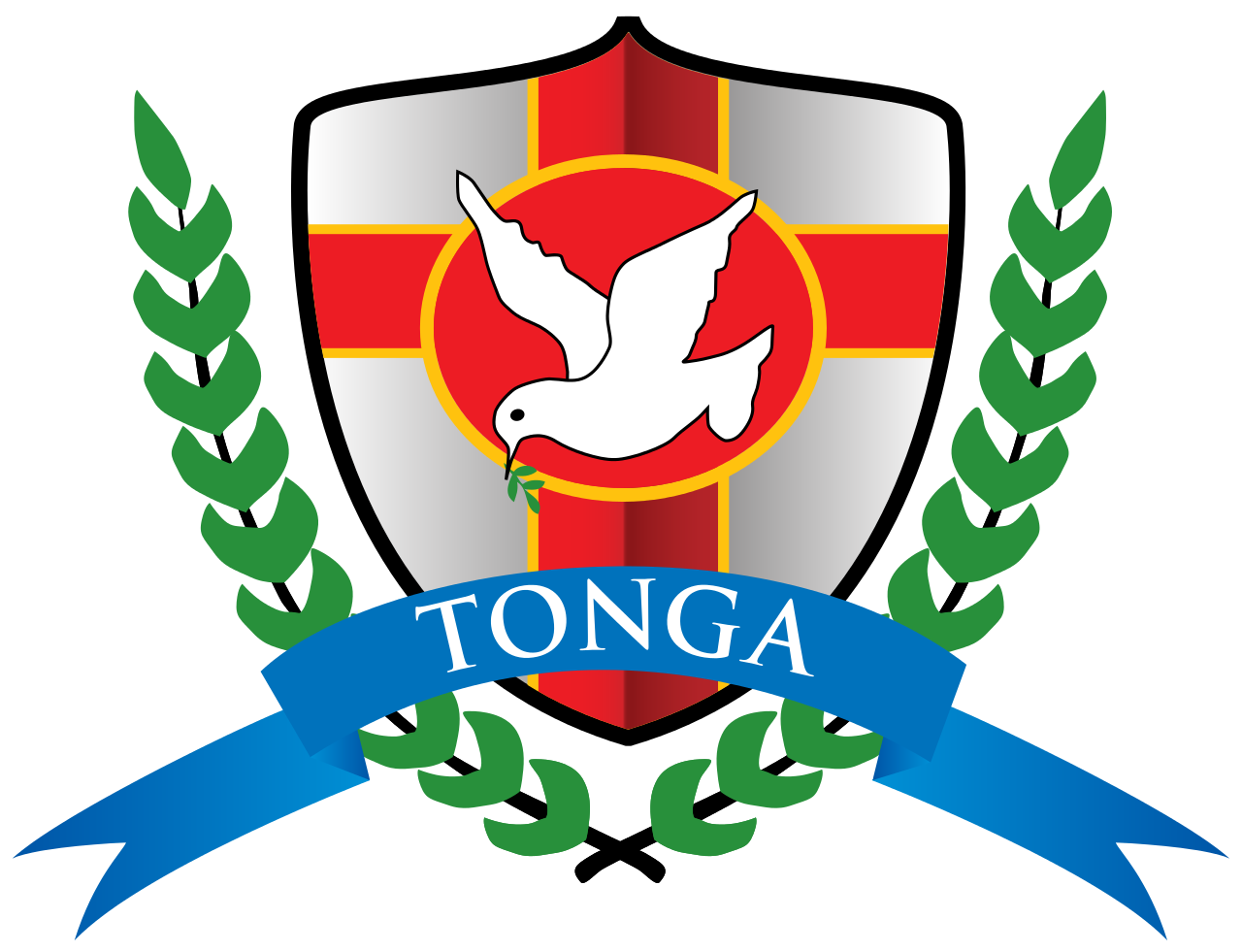
You know Tonga right? Home of Rugby Union, Rugby League, beaches, whales and friendly people? Well it is also the last traditional monarchy left within the region.
And while this does indeed fill some with pride, it also upsets others with protests now meaning that the country is what is termed a “semi-constitutional monarchy” where not just the king, but the nobility still hold immense power.
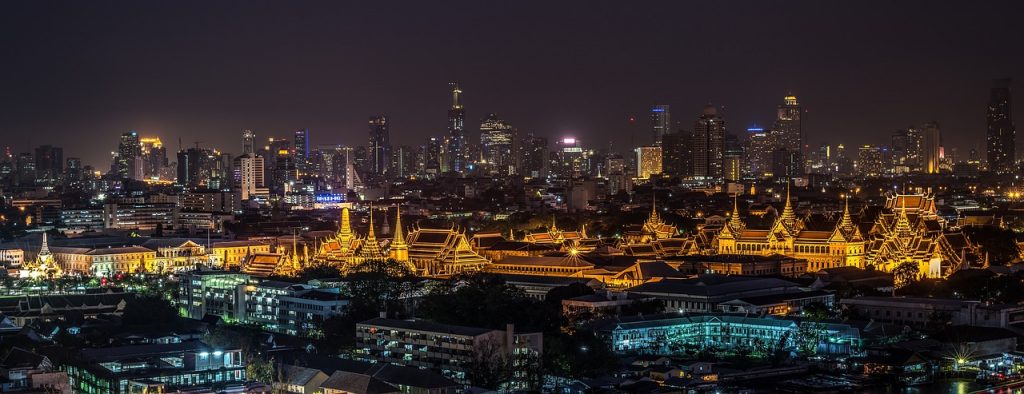
Colourful happy Thailand is a real paradox of a place! Known as the land of smiles, there is also an undercurrent to the country too. This has led too multiple coups, the latest of which is still to an extent ongoing.
Yes there have been elections, but the army still have de-facto control. Ironically this has their government system having much more in common with Myanmar than anywhere else. Oh, and talking shit about the king will get you arrested and sent to prison for a long time.

A controversial one for our “not democracies” list, but the facts speak for themselves. The first two leaders were father and son, while the People’s Action Party (PAP) rarely lose anything more than a couple of seats in any election. Said party have also been in power since 1965.
And on top of this you could add that this is also one of the strictest countries on earth! They have capital punishment and will execute you over drugs. Some might say this just means that the PAP are good at their job and the people are happy, while others have opined that Pyongyang with high-speed broadband is a better description.
I personally knew North Koreans who went to Singapore and certainly saw not just parallels, but also how their country could develop. Press freedom wise they rank just above Ethiopia.
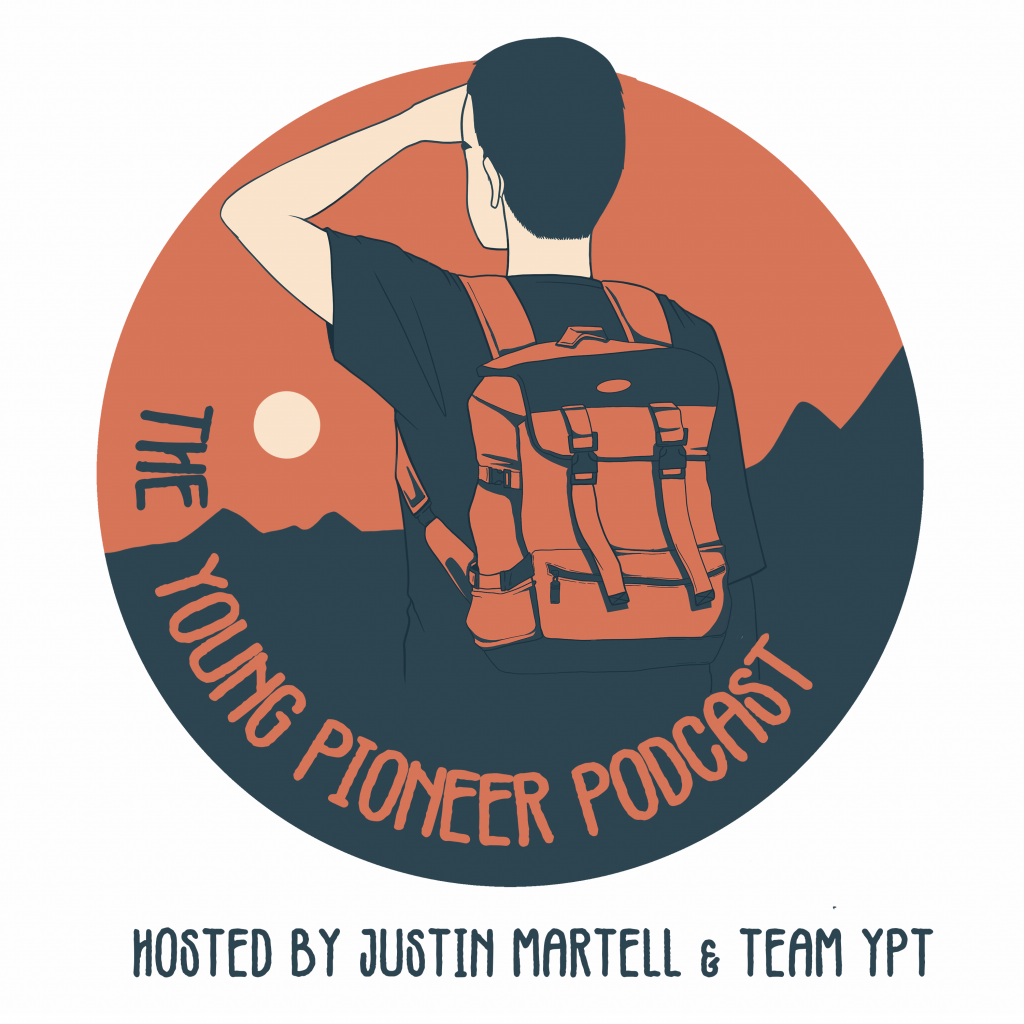
The Young Pioneer Podcast Season 2 continues with another from-the-field episode recorded during YPT’s recent Horn of Africa tour in Eritrea!
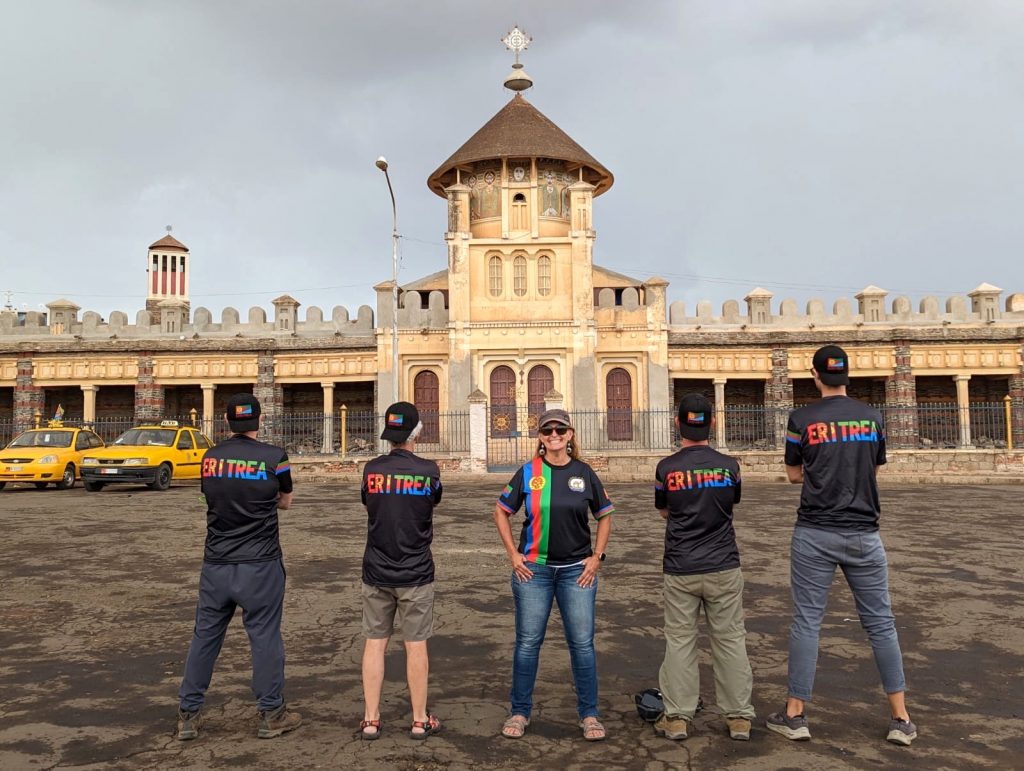
This two-segment episode of the Young Pioneer Podcast opens with an interview with YPT founder and CEO Gareth Johnson. Podcast host Justin Martell and Gareth discuss some exciting tours which YPT has announced for 2024, such as the Kaliningrad: Post Soviet Exclave Tour, Belarus: Back in the USSR Tour, the Myanmar Lighting Festival Tour and SOFEX.
Following Gareth’s interview, we continue with our multi-part interview series recorded in the field during our 2023 Horn of Africa Independence Combo Tour. Last episode, we heard our interview with our local tour partner in Somaliland, and from Somaliland the tour continued on to the State of Eritrea, which also happened to be celebrating its independence day on May 24.
Of the countries YPT visits in the Horn of Africa, Eritrea may be one of the most politically sensitive. Notoriously hard to visit and communicate with, some have called the “North Korea of Africa.” While YPT remains apolitical, we encourage travelers who visit destinations such as Eritrea to draw their own conclusions.
Much time could be spent discussing the ancient history of the Horn of Africa, which encompassed modern day Eritrea, but Eritrea as it exists today was created in the 19th century as an Italian colony with Asmara as its capital. After World War II, Ethiopia annexed Eritrea, and a long war for Eritrean independence ensued from 1961 to 1991. After the defeat of the communist Ethiopian government in 1991, a referendum took place in which its people voted for Eritrea to be an independent state. Eritrea officially celebrated its 1st anniversary of independence on May 24,1993, and it was during the 30th anniversary independence day celebrations that podcast host Justin Martell recorded this episode’s interview with our Eritrean tour guide Tomas.
If you enjoy the Young Pioneer Podcast, please subscribe and leave a review and rating on your preferred podcast service. And if you have not already listened to the other Young Pioneer Podcast episodes featuring a wide variety of fascinating guests with various connections to the world of adventure travel, check out the full list of episodes here:
Or listen on Apple Podcasts, Spotify, Amazon Music, Google Podcasts or contact us if you cannot find us on your preferred podcast platform.
Ex Yugoslavia is often overlooked when it comes to tourism compared to Western Europe. Since all 7 former nations are out of the schengen zone, it can be logistically daunting to organize. However, there are many gems well worth traveling East for.
5 – Visit the peaceful city of Ljubljana
Ljubljana, having split from yugoslavia in the very early days of the yugoslav breakup meant that it has been relatively unscathed compared to its neighbors. The city of Ljubljana is very much a green city – compact with every core tourist site within walking distance. The castle offers a fantastic sunset view of the city and walking along the Ljubljanica river while people watching is also a highlight. The city boasts markets and cute bookshops which amplify the city’s relaxing atmosphere.
4 – Try Eastern European cuisine
Eastern Europe is renowned for dark taverns and underground pubs where the service is – well very Eastern European – and the food hearty and homemade. We recommend pairing any meat stew such as goulash or serbian bean stew for the vegetarians with a pint of local beer or a glass of white wine.
3 – Don’t underestimate Serbia
While many people complain about Serbian hospitality and about the communist-styled city of Belgrade, it offers unique charm. Belgrade has interesting war museums, Putin memorabilia and communist style buildings which reflect the government’s alignment with Russia. Belgrade is an interesting jump back in time, contrast to the people. An iconic and wholesome activity is watching the older men play lifesize chess in the city. An underrated and least visited city is the city of Niš. Niš is a city build within the gorgeous mountains and countryside of Serbia and hosts a Jazz festival in Summer. If you interact with locals they are likely to ask you ‘What the hell are you doing here?!” which symbolizes how little visited the city is.
4 – Learn the significance of War in Sarajevo
It isn’t hard to find recent remnants of the Yugoslavian war. Sarajevo, the capital of Bosnia and Hertzegovnia hosts the Genocide museum, a harrowing exhibition of the genocide committed against Bosnians in 1992. The museum is emotional but necessary and includes artifacts and stories essential to Yugoslavian history. But the cities’ wartorn history doesn’t stop there. In the city center you can visit the eternal flame, burning since 1946 which is an ode to those soldiers who fell during the second world war. On the outskirts of the city, you can also visit the Republic Srpska, a region that seems to be solemn in nature, still impacted by the war. If you take a short walk around the suburbs, you can see buildings that remain unaltered, riddled with bullet holes.
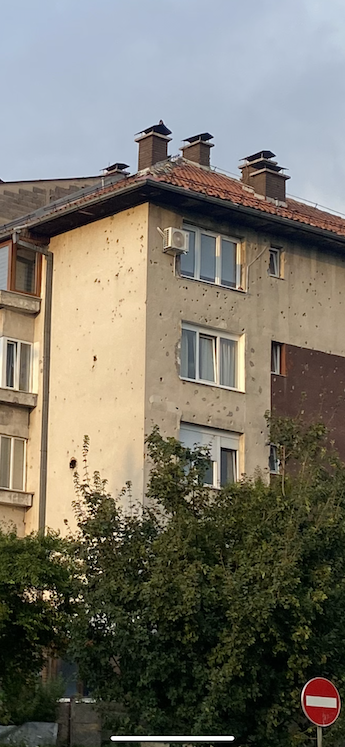
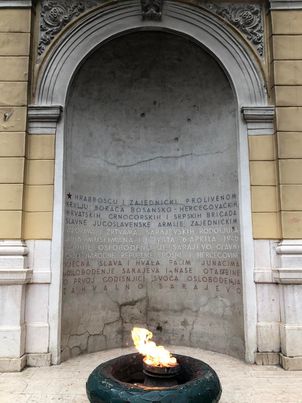
5 – Explore Montenegro
Montenegro has to be one of the most underrated countries in Europe. While Mostar is a bucket list destination, there are other hidden gems too such as the ‘cat city’ of Kotor transports you to Swiss-Italy and reminds you of cities like Lugano with a hint of medieval architecture and infrastructure. The mountain ranges are perfect for hikers and climbers who enjoy fresh outdoors and lush green grass. Mediterranean cities like Budva offer brilliant beaches with phenomenal sunsets. Montenegro liquor is also a must try.
Are you ready to try? Join us on our Ultimate Yugoslavia Tour: Tito’s Winter
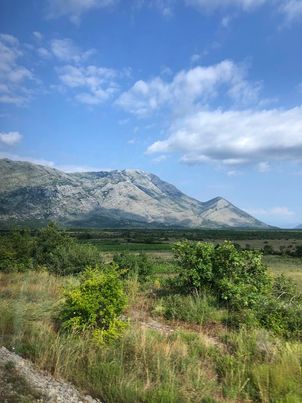
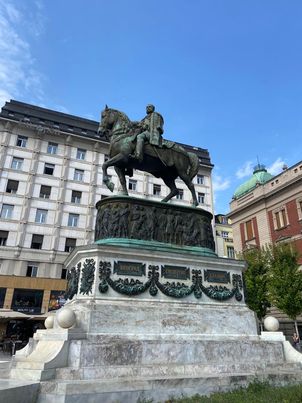
A tour to Tajikistan would only be complete with a visit to the iconic Iskanderkul Lake, so we have it included in our ever-so-popular five-stans budget tour itinerary.
What is the Iskanderkul Lake?
Nestled in the heart of the Fann Mountains in Tajikistan, Iskanderkul Lake is a testament to the raw beauty not only of the country but the whole Central Asia region. The Majestic peaks and lush greenery surround this pristine alpine lake, thus a haven for nature enthusiasts and adventure travellers alike. If you want to see Tajikistan in all its glory, make this hidden gem a must!
The legend and story of Iskanderkul
With any great place comes a great story, and boy, does this place hold significance. The lake derives from Alexander the Great, known as Iskander in Persian and Tajik. Legend has it that Alexander the Great passed through the Fann Mountains and was so captivated by the beauty of the lake that he decided to take a dip in its crystal-clear waters. The locals believe that the lake was created by a fallen star, adding a touch of mystique to its already enchanting allure.
Iskanderkul Lake is approximately 2,195 meters (7,201 feet) above sea level, making it one of the highest lakes in the Fann Mountains. Surrounded by snow-capped peaks, alpine meadows, and dense forests, the scenery is awe-inspiring
What can you do at Iskanderkul?
We are so glad you asked because this lake has something for everyone, whether you’re a nature enthusiast who wants to hike to take in the panoramic views, a cold-water lover who wants to take a refreshing swim in the turquoise waters or a lover of all this flora and fauna who wants to immerse in a diverse ecosystem – it has you covered. The plethora of activities for nature enthusiasts and adventure seekers make the journey well worth it.
Getting to Iskanderkul Lake
The journey to Iskanderkul Lake is challenging on your own; it is remote, and access can be difficult. However, we have succeeded with YPT, our proper planning, which includes obtaining necessary permits, arranging transportation, and being prepared for varying weather conditions. Our love for the lake means we take every step required to ensure you make it there!
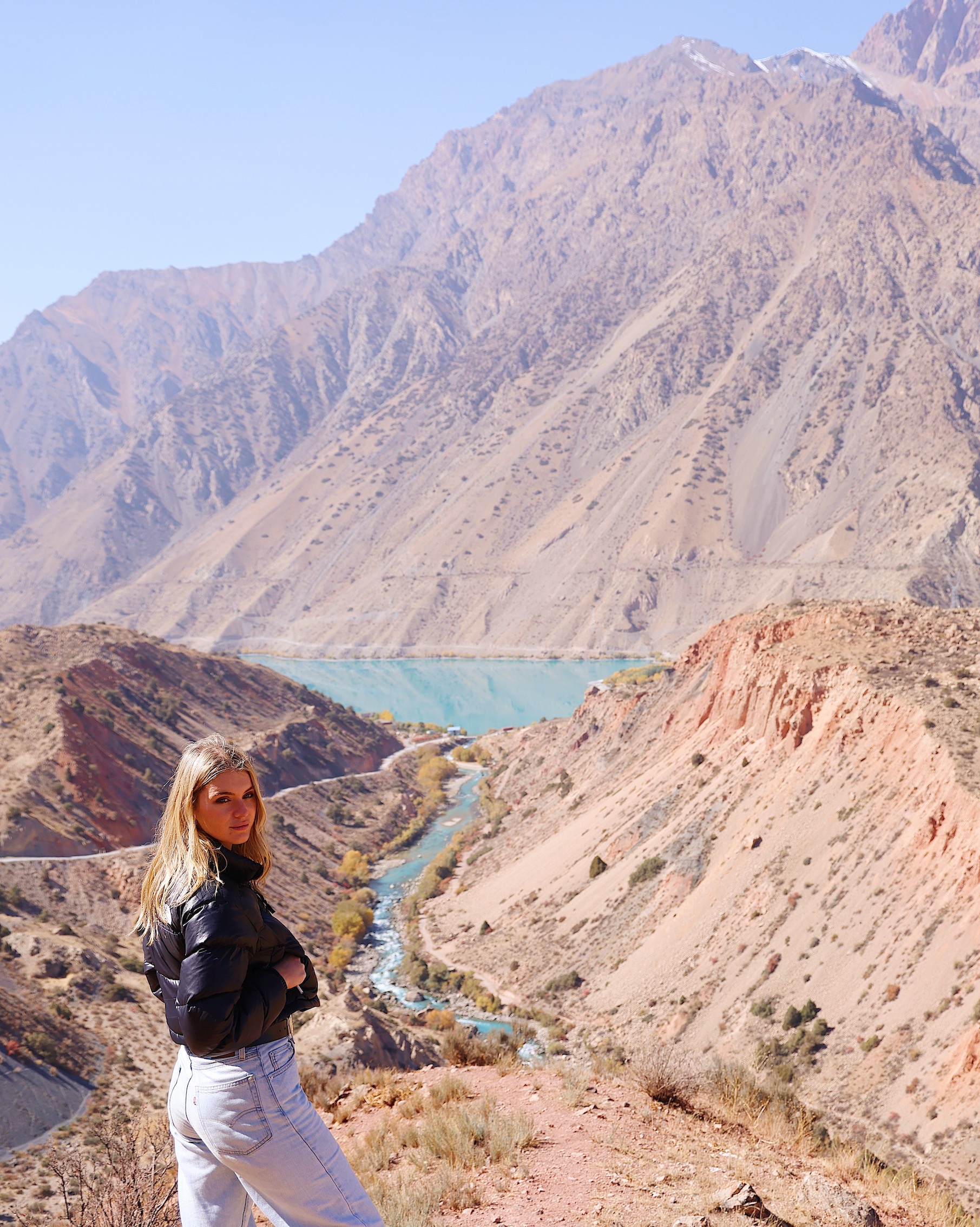
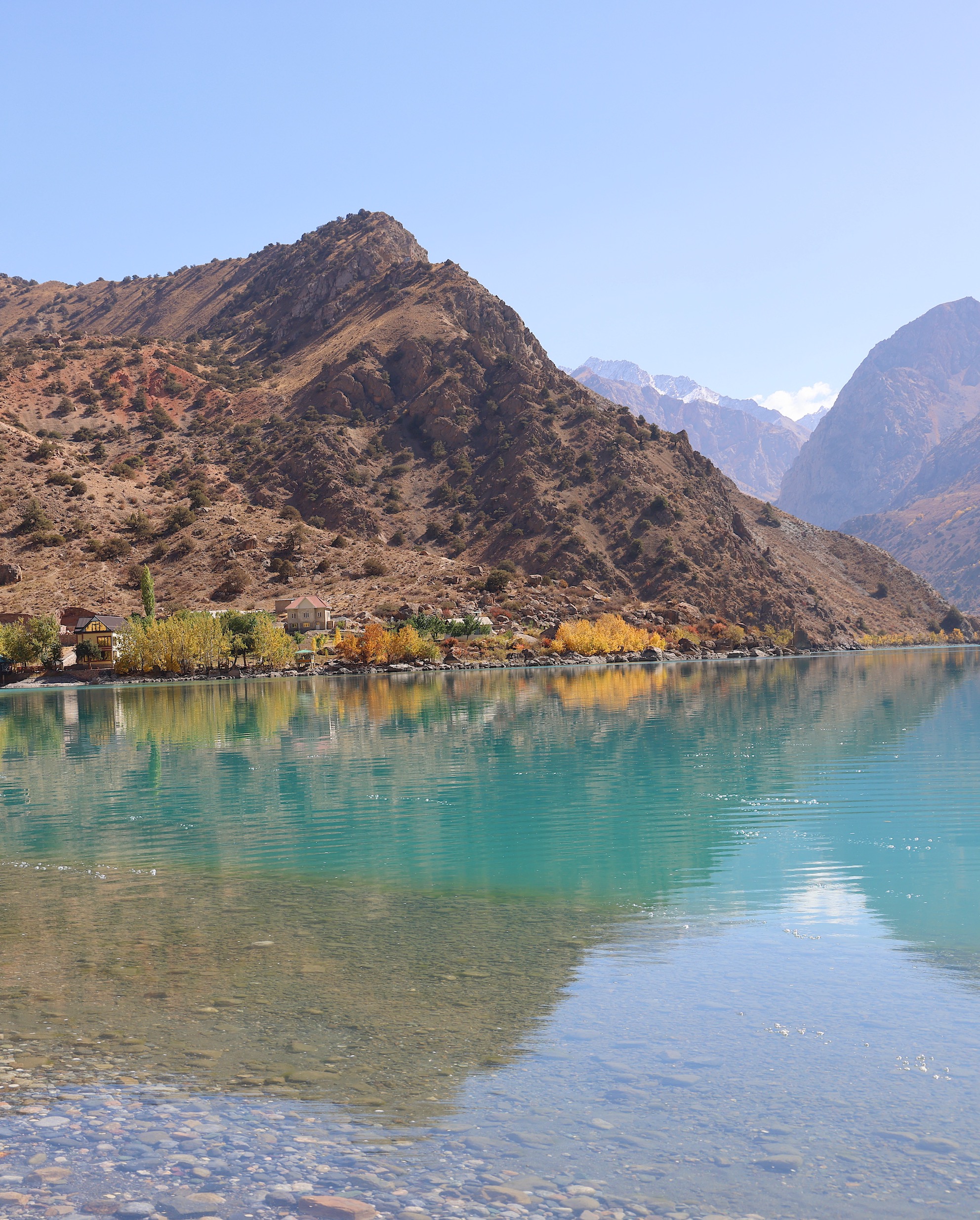
If you still are not sure
Travelling to Tajikistan for Iskanderkul Lake seems excessive – we get it, but hear us out. Iskanderkul, alongside its rich history, breathtaking landscapes, and cultural significance, makes it a true hidden gem in Tajikistan. Whatever your preference – nature lover, adventure seeker, or someone looking for a tranquil retreat, Iskanderkul Lake offers a unique and unforgettable experience in the heart of Central Asia. So, embrace the opportunity to explore this untouched corner of the world and discover the magic that awaits at Iskanderkul Lake.
Our Five Stans Budget Tours sell out quickly, but we still have spots on our June tour. We promise you will be satisfied.
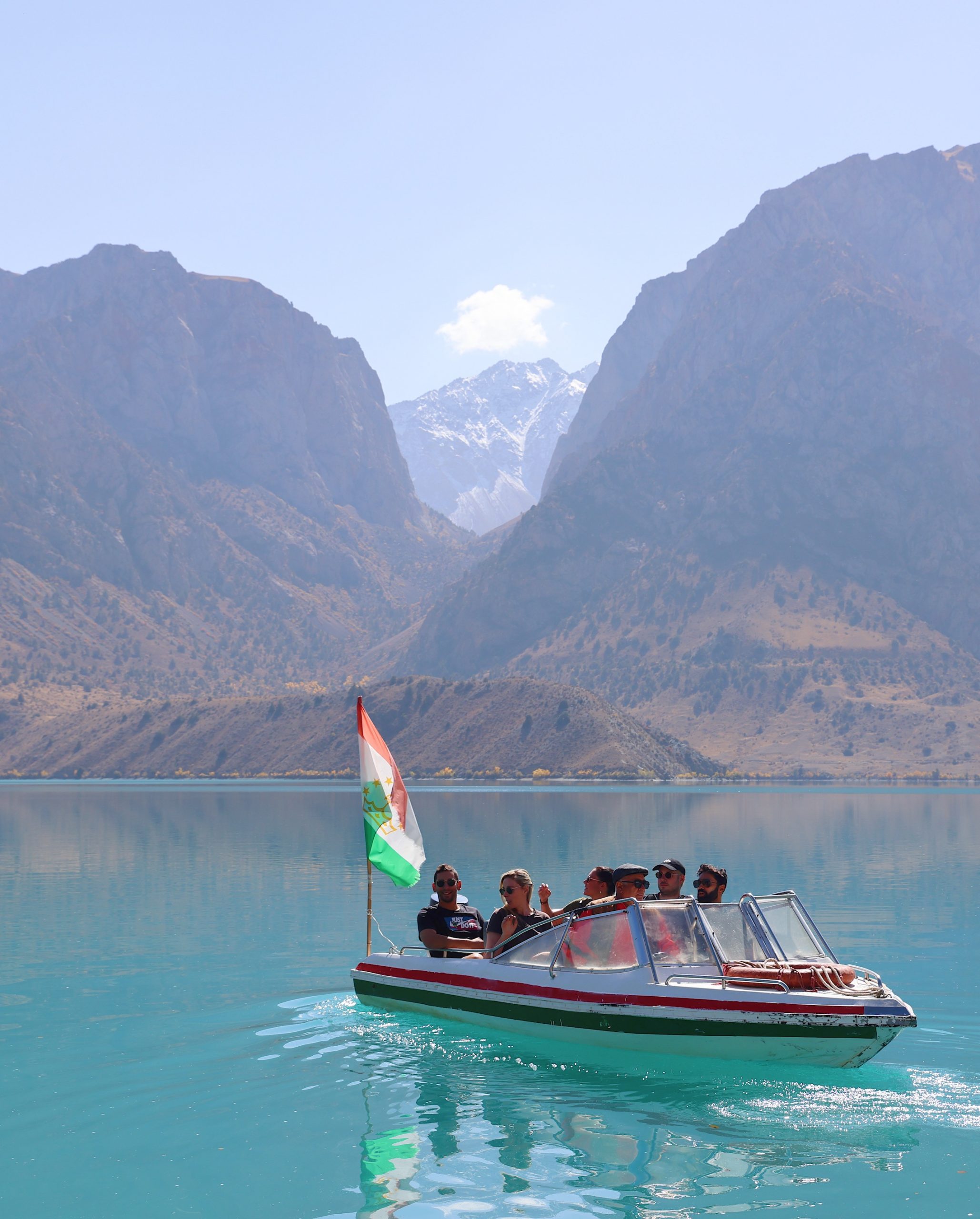
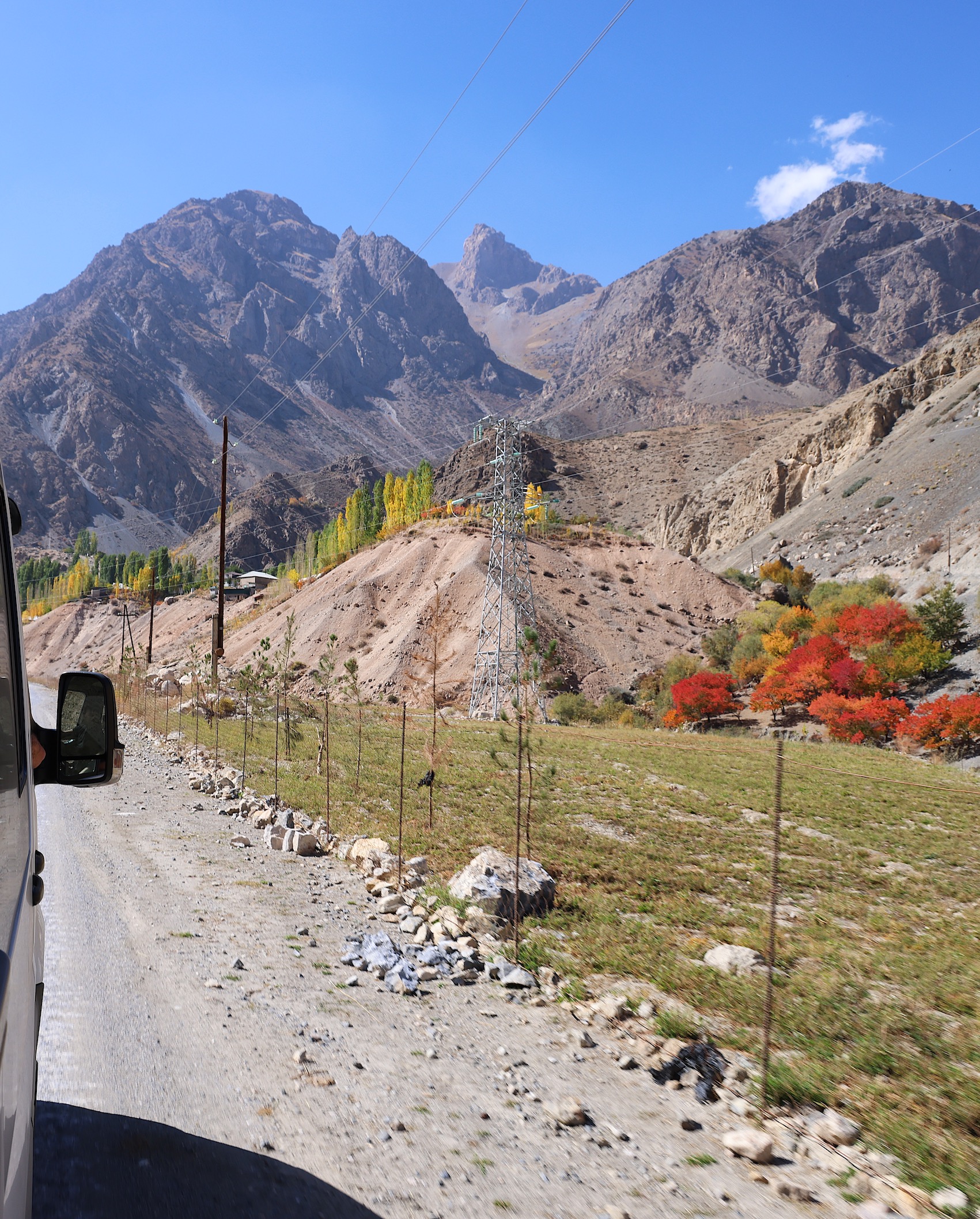
The Art of Berkutchi
Nestled within the expansive landscapes of Central Asia, the ancient art of Berkutchi, or eagle hunting, continues to captivate hearts and minds. This centuries-old tradition, deeply rooted in the nomadic cultures of regions like Kazakhstan, Kyrgyzstan, Mongolia, and parts of Central China, showcases the symbiotic relationship between humans and the majestic golden eagle. In our upcoming World Nomads tour, we will be participating in this event, so what better time to put together a blog about the captivating world of Eagle Hunters and the profound artistry of Berkutchi?
The Eagle Hunter’s Bond
At the heart of Berkutchi lies an extraordinary connection between the eagle and its human counterpart. The eagle hunters, often nomadic herders, forge an unspoken bond with these magnificent birds, training them not only as hunting companions but as revered members of the family. The training process is meticulous, requiring patience, skill, and an intuitive understanding of the eagle’s nature.
The Golden Eagles
Golden eagles, with their impressive wingspans and keen eyesight, are the primary species chosen for the art of Berkutchi. Revered for their strength and agility, these majestic birds become indispensable partners in the harsh landscapes where the nomadic way of life persists.
A Dying Art?
As modernity encroaches upon traditional ways of life, the art of Berkutchi faces challenges. As contemporary influences shape the destinies of nomadic communities, the art of Eagle Hunting stands at a crossroads. Will it evolve, adapt, or continue to thrive as a testament to the enduring bond between humanity and nature? We sure hope so.
The art of Berkutchi is not merely a skill; it is a living testament to the resilience of nomadic cultures and their harmonious coexistence with the untamed beauty of the natural world. As we journey through the landscapes of Central Asia, the echo of eagle cries and the silhouette of hunters against the horizon beckon us to appreciate the profound artistry of Berkutchi and the enduring spirit of the Eagle Hunters.
This September we will have that exact opportunity to delve into the cultural significance of Berkutchi within nomadic communities. We will uncover the stories, myths, and legends that surround these skilled hunters, portraying them as guardians of tradition and stewards of the land all on our World Nomads Tour. This is a rare opportunity to watch in competition Eagle Hunters on their hunting expeditions, where the synergy between hunter and eagle reaches its pinnacle.

In 2024, Young Pioneer Tours is bringing you one of our most exciting tours – the World Nomad Games. We couldn’t resist bringing you along because these games are something special and serve as a unique platform that not only showcases traditional sports but also fosters cultural understanding, preserves heritage, and promotes the unity of the nomadic community’s world.
The games bring together nomadic cultures from around the world, providing a rare platform for you to celebrate and showcase their traditions, customs, and heritage. It is also only the third time this event has been held so you are in a pretty exclusive club!
The event features a wide range of traditional nomadic sports and games, including horseback archery, wrestling, hunting with birds of prey, and other skill-based contests that have been practiced by nomadic communities for centuries.
The World Nomad Games facilitate cultural exchange and understanding between different nomadic groups. Participants and spectators can learn about the diverse lifestyles, languages, and customs of nomadic communities.
By showcasing traditional sports and activities, the games contribute to the preservation of unique skills, techniques, and knowledge that are intrinsic to nomadic cultures (and under threat by contemporary culture).


The World Nomad Games are known for their vibrant and spectacular opening and closing ceremonies. These ceremonies include traditional performances, music, and displays of cultural artistry – just like the Olympic Games but think RARE.
The games attract participants and spectators from around the world, creating a truly international gathering that transcends borders and promotes global cooperation. You will get the chance to meet people from corners of the world you never have before!
So, join us in September on our World Nomad Games tour as we indulge in this cultural extravaganza that offers a unique and enriching experience that goes beyond conventional travel. Spots are limited so book now!
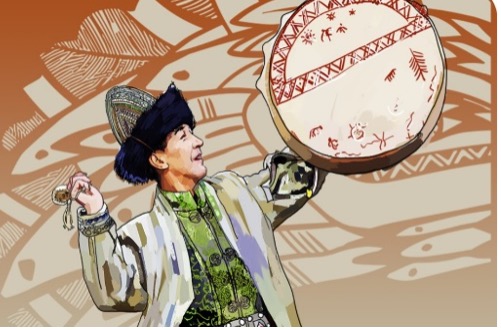
In a world where fashion and travel seamlessly intertwine, the allure of designer handbags takes center stage. Join us on a journey through the chicest corners of the globe as we explore the cities that have inspired some of the world’s most coveted handbag designs. From the cobbled streets of Paris to the high-fashion runways of Milan, and the bustling avenues of New York, each city carries its unique charm and influence that manifests in the timeless creations of renowned designers like Michael Kors.
Paris, the city of lights, love, and undeniable fashion finesse. It’s no wonder that this romantic city serves as a perpetual muse for many designers, giving birth to exquisite handbags that embody the Parisian spirit. The cobblestone streets of Le Marais and the grandeur of Champs-Élysées are reflected in the designs of iconic brands like Chanel and Louis Vuitton.
Imagine strolling down the Seine River with a chic handbag draped over your arm, the epitome of Parisian sophistication. Michael Kors, a maestro in crafting timeless pieces, captures the essence of Paris in every stitch and detail. His designs, a perfect blend of elegance and contemporary flair, make you feel like a true Parisienne. And here’s a little secret for our Chic Globetrotter readers – use the designer handbag discount code to add a touch of affordability to your Parisian-inspired luxury.
Known as the fashion capital of the world, Milan is a city that breathes and lives in haute couture. The pulse of Italian design reverberates through the narrow alleys and wide boulevards, inspiring handbags that are as bold and vibrant as the city itself. From Gucci to Prada, Milanese designers are synonymous with opulence and style.
Michael Kors, being no stranger to the allure of Milan, incorporates the city’s eclectic energy into his creations. His handbags effortlessly transition from runway to street, reflecting the dynamic essence of Milanese fashion. Picture yourself sipping espresso in a quaint cafe in Brera, a Michael Kors handbag casually slung over your shoulder, capturing the essence of Milan’s avant-garde spirit.
And here’s a tip for our savvy readers – keep an eye out for city break deals with Easyjet Holidays that might just take you on a spontaneous journey to Milan, where you can immerse yourself in the city’s fashion-forward atmosphere and pick up the latest handbag straight from the source.
Concrete jungle where dreams are made of – Alicia Keys’ words perfectly capture the essence of New York. The city that never sleeps, New York pulsates with energy, and its streets are a runway for eclectic fashion. From the bohemian vibes of Brooklyn to the high-end glamor of Fifth Avenue, New York’s diverse neighborhoods inspire handbags that cater to every taste.
Michael Kors, a native New Yorker, channels the city’s diversity into his designs. His handbags are a reflection of the city’s fast-paced lifestyle, where functionality meets style seamlessly. Whether you’re exploring Central Park or attending a Broadway show, a Michael Kors handbag is the perfect companion, effortlessly blending into the eclectic tapestry of New York.
As we traverse the fashion capitals of the world through the lens of designer handbags, it becomes evident that each city contributes its unique flavor to the global fashion scene. The fusion of cultural influences, architectural marvels, and the spirit of the people amalgamate to create handbags that transcend mere accessories; they become symbols of a city’s identity.
So, dear Chic Globetrotters, whether you find yourself captivated by the elegance of Paris, the runway glamor of Milan, or the dynamic spirit of New York, there’s a designer handbag waiting to become your ultimate travel companion. And don’t forget to use the exclusive designer handbag discount code to make your fashion dreams a bit more budget-friendly.
As a parting note, keep an eye out for those irresistible city break deals that might just whisk you away on a spontaneous adventure to one of these fashion-forward cities. After all, what better way to indulge in your love for designer handbags than by immersing yourself in the very cities that inspire them? Happy travels and even happier accessorizing!
As the Lunar New Year (LNY) approaches, billions around the world are gearing up to celebrate the Year of the Dragon with joy, excitement, and anticipation. This ancient Chinese festival, also known as the Spring Festival, marks the beginning of the lunar calendar and is observed by many East Asian cultures. In 2024, the Lunar New Year falls on 10th February, heralding the arrival of the powerful and majestic Dragon.

Unlike the Gregorian New Year celebrated on 1st January, the Lunar New Year follows the lunisolar calendar, aligning with the cycles of the moon. This is why the date varies each year, typically falling between 21st January and 20th February. The Lunar New Year places a strong emphasis on familial bonds, tradition, and the anticipation of a fresh start, making it a unique and culturally rich celebration.

Image: Freepix
Among the twelve animals of the Chinese zodiac, the Dragon holds a special place, symbolizing strength, good fortune, and transformation. People born in the Year of the Dragon are believed to be charismatic, ambitious, and innovative. The dragon is a powerful and mythical creature in Chinese culture, often associated with imperial authority and celestial energy. The upcoming Year of the Dragon is expected to bring vitality, success, and positive changes for those under its influence.
What to Expect: The Year of the Dragon is traditionally associated with courage, ambition, and prosperity. It is believed to be an excellent time for new beginnings, career advancements, and personal growth. People may find themselves more inclined to take risks and embrace opportunities that lead to success. The dragon’s influence is also expected to inspire creativity and innovation, making it a promising year for artistic endeavours and breakthroughs.
The 12 Animals and Horoscope for 2024: The Chinese zodiac consists of twelve animals, each representing a different year in a twelve-year cycle. The sequence of the twelve animals are the Rat, Ox, Tiger, Rabbit, Dragon, Snake, Horse, Goat, Monkey, Rooster, Dog, and Pig. This sequence was determined by a Zodiac Race organized by the Jade Emperor. Each animal is associated with certain personality traits and characteristics.
For the Year of the Dragon, individuals born in the Year of the Rat, Snake, Monkey, and Rooster are likely to experience positive developments, while those born in the Year of the Dog may face challenges that require resilience and adaptability. It is advisable for individuals to be mindful of their horoscope predictions and take proactive steps to navigate potential obstacles.
A brief look at the horoscope for each of the twelve zodiac animals for the Year of the Dragon:
Is it a Good Year to Travel? The Year of the Dragon is generally considered a favourable time for travel, and exploration. The positive energy associated with this auspicious year is believed to bring good fortune to those embarking on journeys. Whether it’s for leisure or business, individuals may find that travel during the Year of the Dragon is accompanied by serendipitous encounters, and opportunities. However, it’s advisable to plan travel arrangements thoughtfully, and remain flexible to navigate any unexpected situations.

Dragon at Cardiff Castle beckoning you to visit!
Beyond individual horoscopes, the Year of the Dragon also offers intriguing cultural elements to explore. Traditional celebrations include dragon and lion dances, feasting on symbolic foods like dumplings and fish, and the giving and receiving of red envelopes (“hong bao”) for good luck. Engaging in these customs can deepen one’s understanding of the rich cultural tapestry surrounding the Lunar New Year.

Hong Bao (Red Envelopes).
As we eagerly await the arrival of the Year of the Wood* Dragon, let us embrace the spirit of renewal, positivity, and good fortune that this majestic creature brings. Whether it’s through personal aspirations, cultural celebrations, or travel adventures, the upcoming Lunar New Year is sure to be a time of joy, growth, and new possibilities. So, let’s embrace the dragon’s roar and welcome the new lunar cycle with open hearts and hopeful spirits [*The 5 Elements in Traditional Chinese Medicine (TCM) according to the Creation Cycle in order are Water, Wood, Fire, Earth, and Metal – each zodiac sign is associated with one Element, with last year being Year of the Water Rabbit (22nd January 2023 to 9th February 2024)].

A dish of Yee Sang (Cantonese) or Yu Sheng (Mandarin) served as part of LNY Banquet.
Wishing everyone a prosperous, and harmonious Year of the Dragon (10th February 2024 to 28th January 2025)!

Image: TheChineseZodiac.org
Young Pioneer Tours specialise in taking you to North Korea and other worldwide “destinations your mother would rather you stay away from” at budget prices. We combine the best guides in the industry with expert local knowledge and contacts to ensure your adventure is an unparalleled one. Don't be a face in the crowd, be a Pioneer.
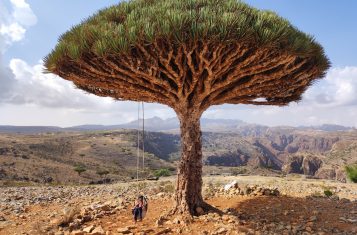
Experience the incredibly isolated and unique Yemeni island of Socotra!
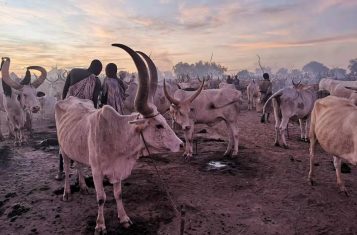
The most affordable tour to the newest country in the world

Crucifixions, hanging coffins and beaches! Not your typical Philippines visit!
Be the first to hear about new tours, travel updates and special offers.
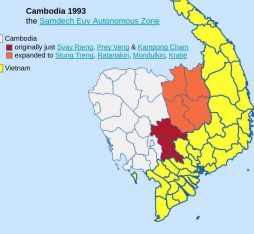
At Young Pioneer Tours we love a former country, particularly if it was very brief, strange and you can still visit there. We prese …
See Details
Young Pioneer Tours have written extensively about the history of Cambodia, inclusive of Democratic Kampuchea to the Peoples Republ …
See Details